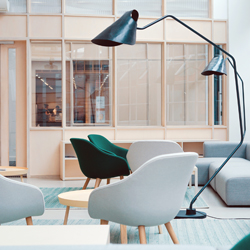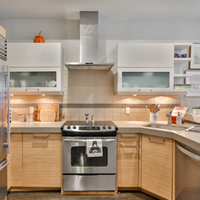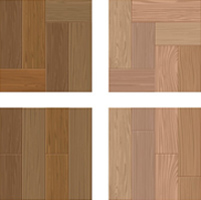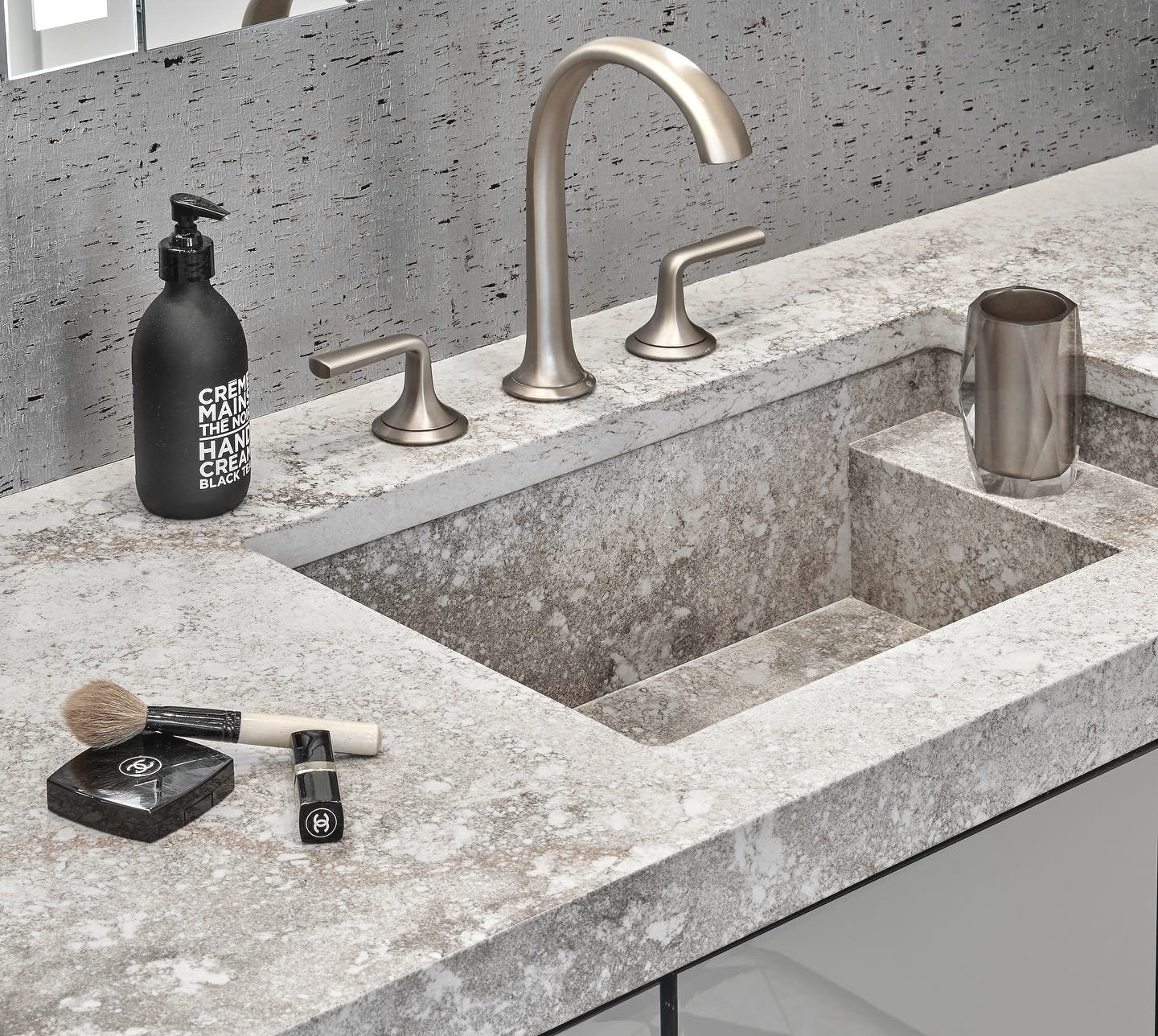Why Wall Paints and Interior Design Go Hand in Hand

When it comes to interior design, every element plays a crucial role in creating a cohesive and aesthetically pleasing space. Among these elements, wall paints stand out as a fundamental component that can significantly impact the overall look and feel of a room. In this blog, we will explore why wall paints and interior design are inseparable companions, and how the right choice of paint can transform your living spaces into stunning works of art.
1. Color Psychology and Mood Enhancement
The choice of wall paint color is not merely an aesthetic decision; it's a psychological one. Different colors evoke various emotions and moods. For instance:
Blue: Creates a sense of calm and tranquility, making it ideal for bedrooms and bathrooms.
Red: Energizes and stimulates, often used in dining areas to promote appetite and lively conversations.
Green: Offers a sense of balance and harmony, making it suitable for living rooms and workspaces.
Neutral Tones: Such as beige, gray, and white, provide a versatile backdrop, allowing for flexibility in decor choices.
Interior designers leverage color psychology to set the right mood in each room, ensuring it aligns with the intended purpose of the space and the preferences of the inhabitants. Wall paints serve as the canvas upon which these emotions are painted.
2. Cohesive Theme Development
A well-thought-out interior design often revolves around a theme or concept. Wall paints are instrumental in bringing this theme to life. They provide the foundational background against which furniture, decor, and other design elements are showcased.
For instance, if you're going for a modern and minimalist theme, neutral wall colors like white or gray can create a clean and uncluttered look. On the other hand, if you're aiming for a bohemian vibe, bold and vibrant wall colors can set the stage for eclectic decor pieces and patterns.
3. Visual Perception of Space
Wall paints have a significant impact on the perceived size and dimensions of a room. Lighter colors tend to make a space feel more expansive and airy, while darker hues can create a cozy and intimate atmosphere.
Interior designers strategically use wall paints to manipulate the spatial perception of a room. For example, in small apartments or rooms with low ceilings, opting for light and cool colors can visually open up the space, making it feel less confined.
4. Accent Walls and Focal Points
Accent walls are a popular interior design technique where one wall in a room is painted in a different color or adorned with a distinctive pattern or texture. This creates a focal point that draws attention and adds visual interest to the space.
The choice of paint for an accent wall is a critical decision in interior design. It should complement the overall color scheme while adding a unique and striking element to the room. The interplay between accent walls and the surrounding wall colors can define the character of a space.
5. Complementing Furniture and Decor
Wall paints play a supporting role in showcasing your furniture and decor pieces. The right paint color can enhance the beauty of your furnishings, artwork, and decorative accessories. It serves as a backdrop that allows these elements to shine.
For example, if you have a collection of vibrant artwork or bold furniture pieces, a neutral wall color can provide a balanced canvas that prevents visual overload. Conversely, if your decor is more subdued, bolder wall colors can add personality and flair to the room.
6. Natural and Artificial Lighting
The interplay between wall paints and lighting is a crucial aspect of interior design. Light sources, both natural and artificial, can significantly affect the perceived color of walls. Interior designers take into account the direction, intensity, and color temperature of lighting when choosing wall paint colors.
In spaces with ample natural light, designers often opt for warmer wall colors to balance the coolness of daylight. In rooms with limited natural light, lighter wall colors can help reflect available light and create a brighter ambiance.
7. Personalization and Expression
Lastly, wall paints offer an opportunity for personalization and self-expression. Your choice of colors and finishes reflects your unique style and taste. It's a way to make your living spaces feel like home.
Interior designers work closely with clients to understand their preferences and lifestyle, incorporating them into the design. Whether you prefer a tranquil and minimalist retreat or a vibrant and eclectic living space, wall paints are a versatile tool for translating your vision into reality. Welcome
Contact to meet our professionals at constructiondukan@gmail.com













